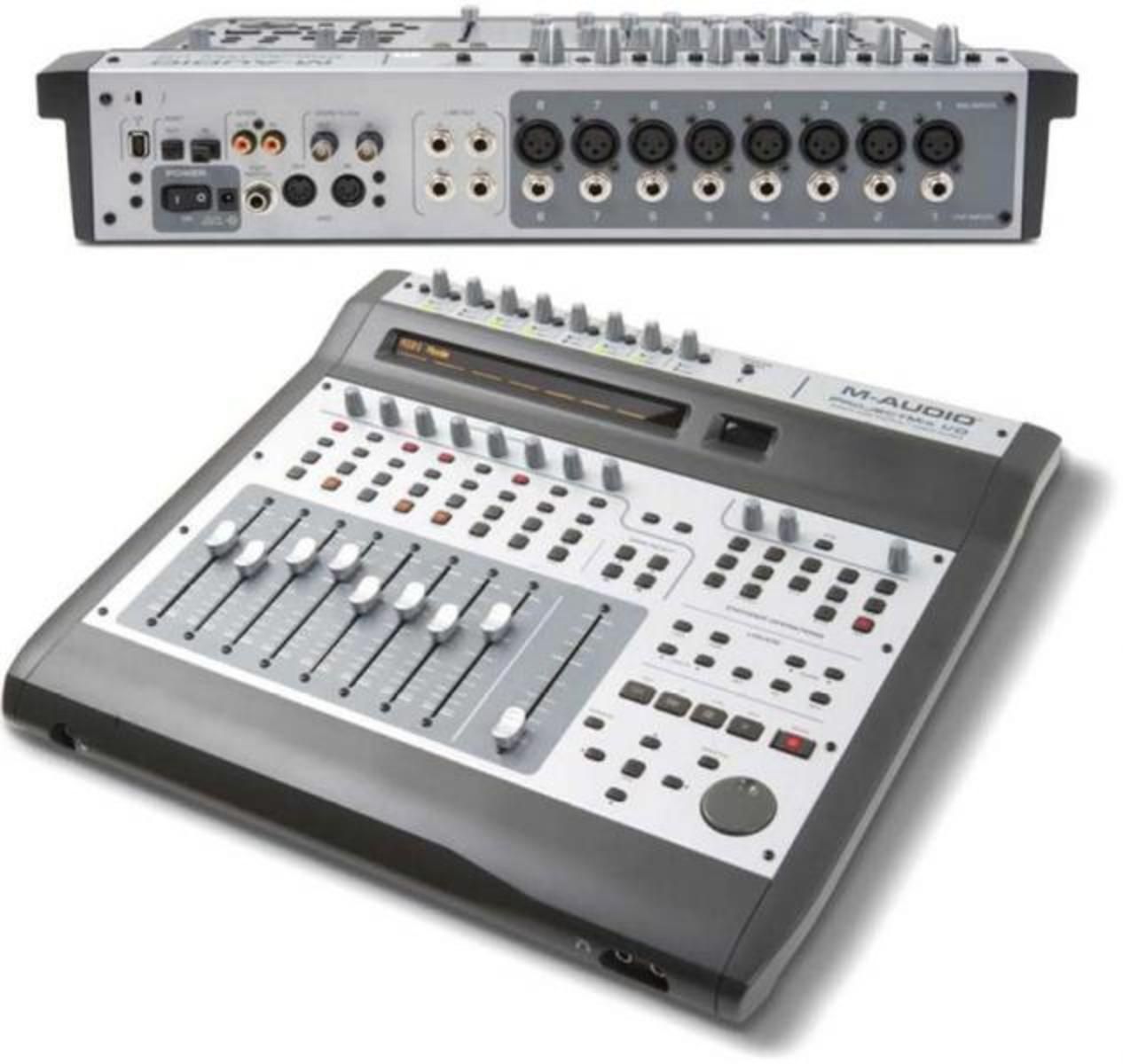
The Roland Jazz Chorus 120 is one of the cleanest sounding solid state amplifiers to ever be built. Although it is used mainly for guitar, it has also been adopted by keyboard players looking for a decent amp to plug into. There are many versions that were built over the years, with different electronic schematics attached, but the heart of amp is the sound. The on board Chorus/Vibrato switch enables the player to dive into some of the most rich and clean sounding Chorus and Vibrato that is incomparable to most guitar pedals.
The Roland Jazz Chorus 120 has two separately amplified channels on board both with EQ built in. Each channel has a high and low input, as well as a bright switch. The second channel has Distortion on it, which is by far, not a convincing distortion at all, but its fun to try out non the less! The Reverb and Chorus pots are also on this channel. The Reverb that the Roland Jazz Chorus 120 puts out, is very spacious and a really nice touch to many different guitar sounds, but I tend to use it about 35-40% most of the time. Because the Roland Jazz Chorus 120 uses 2 amp's internally, the True Stereo Chorus and Vibrato really shines on this amp. You can even get a Leslie whirling speaker kind-of-sound when you crank up the vibrato and play with the depth and speed controls.
The amp is made up of 2-60W amplifiers and has 2-12" speakers side by side, and believe me, the Roland Jazz Chorus 120 is REALLY loud, especially when you break into the 6/10 range on the volume. I've never pushed mine to 10, who would? On Stage, I only put it on 3/10 and thats loud enough!
I USUALLY, however, push alot of Distortion through this amp, using my ProCo Vintage Rat - check my blog on that below...
And the amp sound even better with this distortion, probably because it tends not to break up the sound as much as other amps. Bless that clean sound!!
This amp is really great because it has weight to it, and it comes with swivel casters on the bottom for ease of transportation, and boy am I happy to have those ! It really is a heavy amp, but made durable, with lots of bolts for reinforcement, but much lighter than some alternatives out there for sure.
It's been rumored that its history is an often seen companion to a Marshall on stage supplying the clean sounds, the reputation of this amp is tops in its field. 80's King Crimson concert had array of JC-120s stretching across the stage! Joni Mitchell-approved. Also a favorite of the late Roy Buchanon. James Hetfield also uses it!
I've been tempted to move to a stack of some sort for a while, but I keep coming back to the original and beautiful sound of this kick ass amp! I love you Roland!









